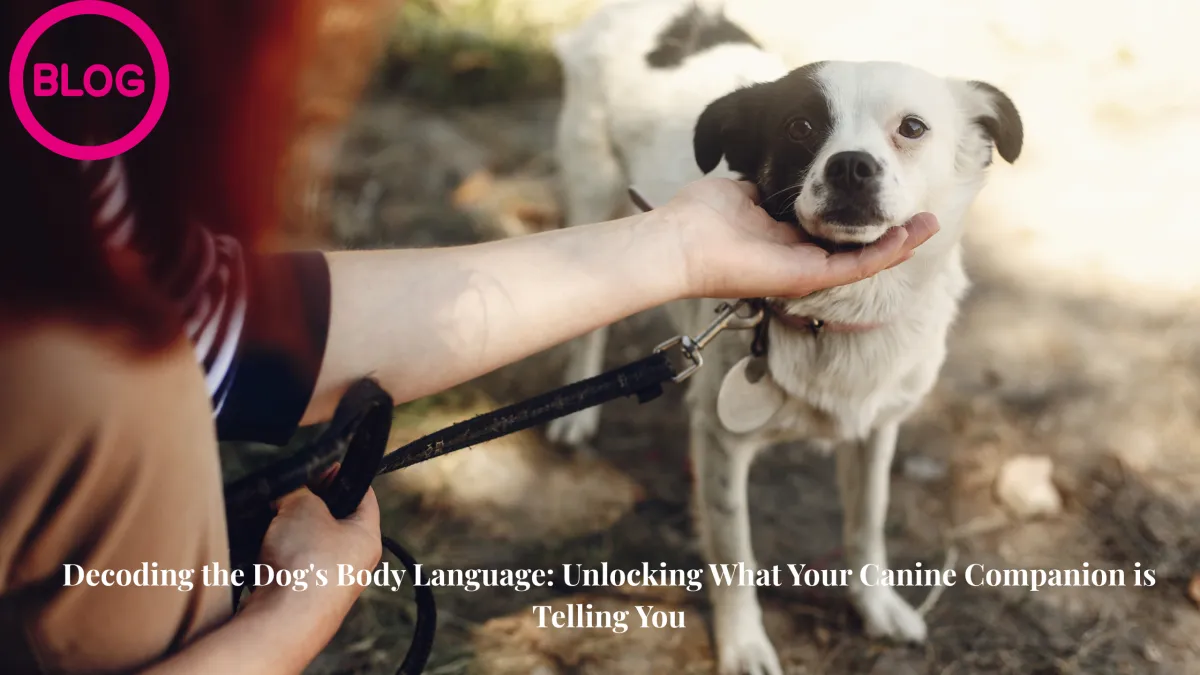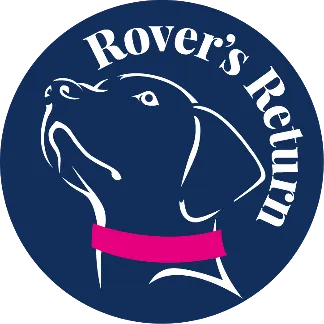Book a FREE 1:1 Assessment Call By Clicking HERE
Specialising In Dog Reactive Behviour
Accredited by APDT, ABTC and UK DOG Behaviour and Training Charter
Qualified and Experienced
Force Free Trainer and Behaviourist
Dog Training Leicestershire Educational Blogs

Decoding The Dog's Body Language
Decoding the Dog's Body Language: Unlocking What Your Canine Companion is Telling You

Dogs are masters of non-verbal communication. While we humans rely heavily on spoken words, our canine companions use a rich and complex language of barks, whines, and — most importantly — body posture, facial expressions, and tail wags to tell us how they're feeling and what they need. Learning to "read" your dog's body language is one of the most rewarding skills you can develop as a pet owner. It strengthens your bond, prevents misunderstandings, and ensures your dog feels safe and understood.
How do I read my dog's body language?
Let's break down some key areas:
The Tail: More Than Just a Wag
Often misinterpreted as a universal sign of happiness, the tail is actually a nuanced indicator of a dog's emotional state.
High and Rapid Wag: This is indeed often a sign of excitement and happiness, especially when accompanied by a relaxed body.
Low and Slow Wag: This can indicate uncertainty, apprehension, or even submission. A tail tucked firmly between the legs is a clear sign of fear or extreme anxiety.
High and Stiff Wag: This can signal arousal or even agitation. It's not necessarily aggressive, but it suggests the dog is focused and possibly on alert.
Horizontal and Quivering: This might indicate intense focus, often seen right before a dog engages in play or interaction.
Context is Key: Always consider the entire dog's body when interpreting tail wags.

How to tell what your dog is trying to tell you?
The Eyes: Windows to the Canine Soul
A dog's eyes can convey a surprising amount of information.
Soft, Relaxed Gaze: A dog with relaxed eyelids and a soft gaze is generally comfortable and approachable.
Direct, Hard Stare: This can be a challenge or a warning. A dog might hold a hard stare when feeling threatened or about to assert dominance. Avoid staring back directly, as this can escalate tension.
Whale Eye: This is when you can see the whites of a dog's eyes, often in a half-moon shape. It's a sign of stress, anxiety, or discomfort, indicating the dog might be feeling cornered or overwhelmed.
Squinting or Blinking: This can suggest submission, appeasement, or simply a feeling of being relaxed.
The Ears: Listening to Their Feelings
A dog's ears are incredibly mobile and expressive, reflecting their attention and emotional state.
Relaxed/Neutral: Ears held in their natural position, neither flattened nor pricked forward.
Pricked Forward: The dog is alert, attentive, and curious. They are focusing on something and might be trying to gather more information.
Flattened Against the Head (Pinnacle of Fear/Anxiety): This is a clear sign of fear, submission, or appeasement. The dog is trying to make itself appear smaller and less threatening.
Slightly Back/To the Side: This can indicate a relaxed or even playful mood, but again, consider the whole body.

What is an unhappy dog's body language?
The Mouth: More Than Just a Smile
A dog's mouth offers subtle yet significant clues.
Relaxed, Slightly Open Mouth: Often seen with a "panting" appearance, this indicates a relaxed and comfortable dog.
Closed Mouth with Tight Lips: This can suggest tension, anxiety, or even pain.
Lip Licking: If not associated with food, rapid lip licking can be a sign of stress, appeasement, or discomfort.
Yawning (When Not Tired): Similar to lip licking, yawning when not fatigued can be a displacement behaviour indicating stress or anxiety.
Bare Teeth/Growling: This is a clear warning sign. The dog is uncomfortable and is communicating that it needs space or is prepared to defend itself. Respect this warning immediately.
What is a red flag dog's behaviour?
Overall Body Posture: The Big Picture
Putting it all together, the dog's overall body posture paints the fullest picture.
Relaxed and Loose: Weight evenly distributed, soft muscles, fluid movements. This dog is generally happy and comfortable.
Play Bow: Front end down, rear end up, tail wagging. An invitation to play!
Stiff and Frozen: A dog that suddenly becomes rigid, often with a low head and direct stare, is likely feeling threatened or about to react. This is a critical warning sign.
Crouched Low/Tucked: Indicative of fear or submission. The dog is trying to appear non-threatening.
Pilo-erection (Hackles Raised): The hair along a dog's spine standing on end. This is an involuntary reaction, much like goosebumps in humans, and indicates arousal. It can signify fear, excitement, or aggression.

Why Does This Matter?
Understanding your dog's body language is crucial for:
Preventing Bites and Aggression: Recognizing early warning signs allows you to de-escalate situations before they escalate.
Building Trust: When you respond appropriately to your dog's signals, they learn that you understand and respect their needs.
Improving Training: Knowing when your dog is stressed or confused can help you adjust your training methods.
Enhancing Your Bond: A deeper understanding leads to a more harmonious and fulfilling relationship with your canine companion.
Start observing your dog today. Pay attention to the subtle shifts in their posture, the flick of an ear, or the change in their gaze. The more you observe, the more fluent you'll become in their silent language, and the deeper your connection will grow. Happy decoding!
Highly Qualified Behaviourist
Accredited by APDT, ABTC and UK DOG Behaviour and Training Charter
Accredited Scentwork Instructor
Force Free Trainer and Behaviour
Force Free Trainer and Behaviour
Accredited Scentwork Instructor
Accredited by APDT, ABTC and UK DOG Behaviour and Training Charter
Highly Qualified Behaviourist
Contact Us
Sam: 07725 802995
You can contact us via Live Chat button at the bottom of the screen or the contact box to the right.
You can also book one of our services online using the View Dates buttons under the service you require.
© 2023 by Rovers Return Dog Trainers Academy - Force Free Dog Training Lutterworth, Broughton Astley, Leicestershire, Hinckley, Nuneaton, Stoney Stanton, South Kilworth, Ullesthorpe
Privacy Policy | Terms and Conditions | Terms and Conditions of Services | Sitemap

Facebook
Instagram
X
LinkedIn
Youtube
TikTok